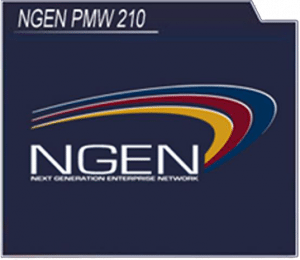
The Navy has awarded Hewlett-Packard [HP] the contract for its next-generation intranet known as NGEN, sticking with the incumbent that has been providing the service for more than a decade. Hewlett-Packard, which operates the Navy Marine Corps Intranet (NMCI), beat out a challenge by an industry team of Harris Corp. [HRS] and Computer Sciences Corporation [CSC], in what at times was a thorny battle between the rivals for the lucrative contract. Image by U.S Navy The much delayed award for…













